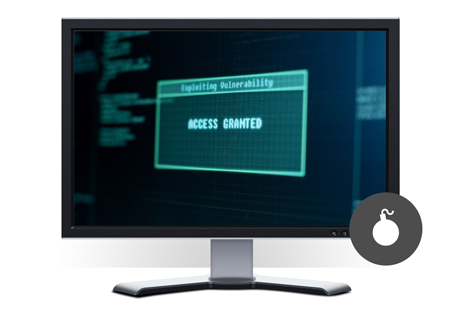Gandalf_The_Grey
Level 85
Thread author
Verified
Honorary Member
Top Poster
Content Creator
Well-known
- Apr 24, 2016
- 7,871
Advanced Threat Protection - Targeted Attacks
Introduction:
“Advanced persistent threat” is a term commonly used to describe a targeted cyber-attack that employs a complex set of methods and techniques to penetrate information system(s). Different aims of such attacks could be stealing / substituting / damaging confidential information, or establishing sabotage capabilities, the last of which could lead to financial and reputational damage of the targeted organisations. Such attacks are very purposeful, and usually involve highly specialized tools. The tools employed include heavily obfuscated malicious code, the malicious use of benign system tools, and non-file-based malicious code.
In our Advanced Threat Protection Test (Enhanced Real-World Test), we use hacking and penetration techniques that allow attackers to access internal computer systems. These attacks can be broken down into Lockheed Martin’s Cybersecurity Kill Chain, and seven distinct phases – each with unique IOCs (Indicators of Compromise) for the victims. All our tests use a subset of the TTP (Tactics, Techniques, Procedures) listed in the MITRE ATT&CK framework. A false alarm test is also included in the report.
The tests use a range of techniques and resources, mimicking malware used in the real world. Some examples of these are given here. We make use of system programs, in an attempt to bypass signature-based detection. Popular scripting languages (JavaScript, batch files, PowerShell, Visual Basic scripts, etc.) are used. The tests involve both staged and non-staged malware samples, and deploy obfuscation and/or encryption of malicious code before execution (Base64, AES). Different C2 channels are used to connect to the attacker (HTTP, HTTPS, TCP). Use is made of known exploit frameworks (Metasploit Framework, Meterpreter, PowerShell Empire, Puppy, etc.).
To represent the targeted system, we use fully patched 64-bit Windows 10 systems, each with a different AV product installed. In the enterprise test, the target user has a standard user account. In the consumer test, an admin account is targeted. For this reason and others (e.g. possibly different settings), the results of the Consumer Test should not be compared with those of the Enterprise Test.
Once the payload is executed by the victim, a Command and Control Channel (C2) to the attacker’s system is opened. For this to happen, a listener has to be running on the attacker’s side. For example, this could be a Metasploit Listener on a Kali Linux system. Using the C2 channel, the attacker has full access to the compromised system. The functionality and stability of this established access is verified in each test-case.
The test consists of 15 different attacks. It currently focuses on protection, not on detection, and is carried out completely manually. Whilst the testing procedure is necessarily complex, we have used a fairly simple description of it in this report. This is in accordance with reader feedback, and we hope that it will make it comprehensible to a wider audience.
AV Consumer Main-Test-Series vendors were given the opportunity to opt out of this test before the test started, which is why not all vendors are included in this test. Some vendors are continuing to perfect their products before joining this advanced test. We congratulate all those vendors who took part in the test, even those whose products did not get the best scores, as they are striving to make their software better.

Enhanced Real-World Test 2020 - Consumer
AV-Comparatives released their Enhanced Real-World Test 2020 for Consumer security products, testing the protection against advanced attacks
 www.av-comparatives.org
www.av-comparatives.org




